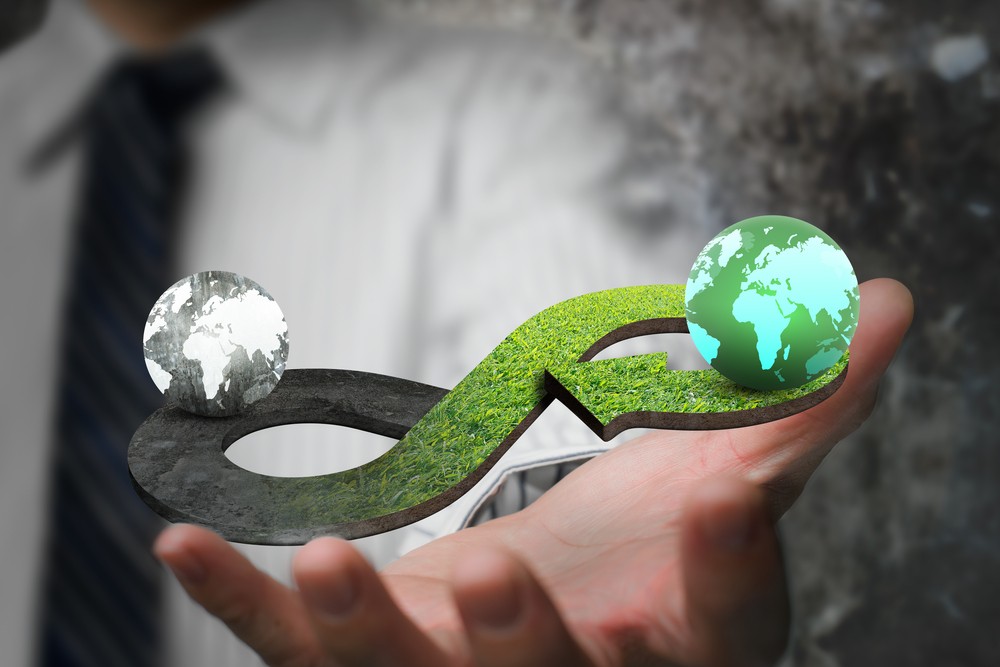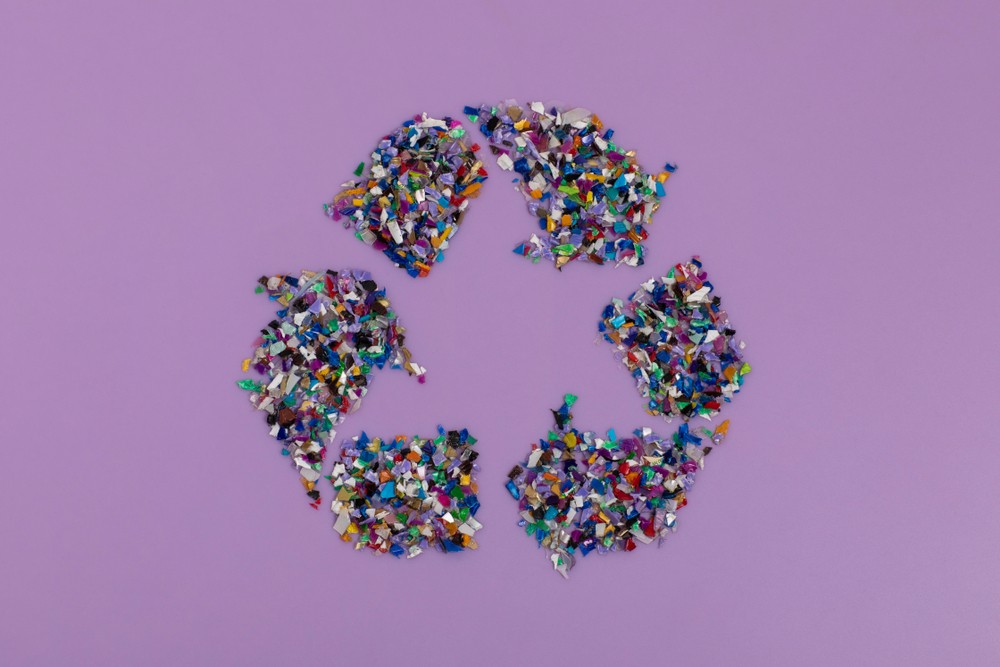Is Your Manufacturing Facility Part of the Circular Economy?

Human economies are linear on a grand scale. We produce goods, use them until the end of their life cycle, and dispose of them. But with an environmental crisis creeping closer by the year, there is increasing demand for change. To achieve change, we must move away from a traditional linear economic model and move toward a circular economy.
What is a circular economy?
In a circular economy, manufacturers create products with sustainability and repurposing in mind. Instead of producing items that consumers will eventually throw away, a circular economy promotes a continuous use of products and materials. It sounds optimistic, but it is attainable with forethought. Compostable packaging is a good example. Meaningful change is about more than recycling or upcycling – it’s about understanding the product life cycle at a component level.
It is vital to preserve natural resources and avoid creating more pollution. Circular economic principles keep products out of landfills by repurposing them or allowing for repairs that extend their life cycle indefinitely.
3 ways to participate in the circular economy
To participate in the circular economy, manufacturers must critically rethink how they approach product development and production. There are three core tenets to keep in mind.
- Engineer products for longevity. Manufacturers need to use sustainable materials to create products designed to last. Consider offering a warranty program that covers common product repairs to extend usable lifespan.
- Reduce, reuse, and recycle materials. Reduce environmental impact by rebuilding and reusing parts instead of throwing them away. Focus on reducing material waste.
- Make sustainable choices. Make production choices with sustainability in mind. Invest in reusable packing materials and practice proper recycling techniques.

The circular economy vs. the triple bottom line
Environmental responsibility and profit come together at the triple bottom line (TBL). The TBL stipulates that companies should equally value people, the planet, and their profits. The idea is to lower environmental impact, earn the trust of consumers, and make more money.
Manufacturers that employ the TBL and circular economic principles create long-lasting products while reducing their carbon footprint. TBL practices include recycling materials, choosing renewable energy sources, and providing employees with fair wages.
Plenty of successful companies within the circular economy also apply TBL concepts. Ben & Jerry’s Ice Cream and LEGO are well-known examples
The time for sustainable change is now
More than ever, it is essential for manufacturers to lower their environmental impact. The circular economy is a useful model for manufacturers of all sectors to consider. Sustainable production reduces pollution and waste and improves the long-term prospects of a consumer-driven economy. A few small steps can make the world a better place.